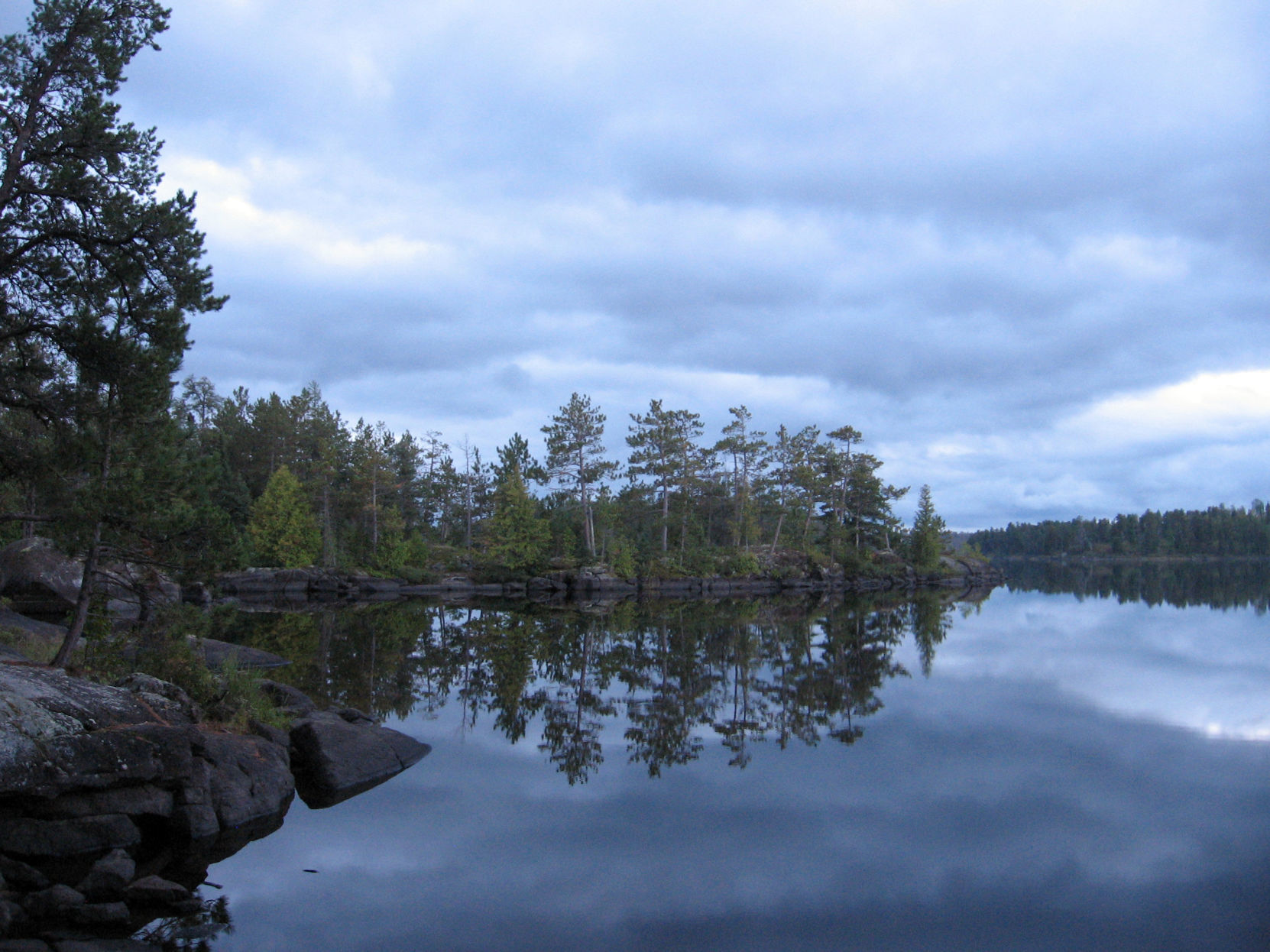

We will gladly assist you in reserving the travel permit you need for your wilderness canoe trip. Quota permits are issued on a first come, first served basis beginning the last Wednesday of January each year. But even if you make a last-minute decision to come up on a canoe trip, give us a call! We'll check to see what permits are available and design a trip route with that in mind. Since there are a limited number of quota permits available for each Entry Point each day, Way to Go Canoe Outfitters recommends making your travel permit reservation well in advance of your trip date. (Larger groups need multiple permits, but please note the stipulations under "BWCA Rules & Regulations: Group Sizes" below.) Parties may only enter the BWCAW on the entry date and through the Entry Point specified on the permit. One permit per traveling group covers up to 9 people and 4 canoes. The quota system regulates how many groups can begin a trip at each Entry Point each day. For all other dates of the year, a self-issued (non-quota) permit is required. Forest Service requires that any group planning an overnight canoe trip into the BWCAW from May 1st through September 30th must obtain a quota travel permit. "A wilderness, in contrast with those areas where man and his own works dominate the landscape, is hereby recognized as an area where the earth and its community of life are untrammeled by man, where man himself is a visitor who does not remain." Once you have spent a little time here, you will better appreciate the wisdom and foresight employed in establishing the Wilderness Act of 1964, which defined wilderness thusly: With over 1,000 lakes and more than 2,000 wilderness campsites, the recreational opportunities for canoeing, camping, fishing, hiking, photography, and much, much more, are endless in the BWCAW. The Boundary Waters Canoe Area Wilderness Act of 1978 established the primary rules and regulations governing the BWCAW then, as they still do today.

#Boundary waters canoe area wilderness series
The BWCAW had originally begun to be set aside and preserved through a series of federal acts in the 1920s and '30s, but it was the Wilderness Act of 1964 that laid the framework for the inclusion of the Boundary Waters into the National Wilderness Preservation System.

During the period of the Fur Trade from the early 1700s to the early 1800s, the lakes and forests of the region were frequently traversed by voyageurs paddling and portaging large birch bark canoes laden with furs bound for a Hudson's Bay Company post, or the North West Company forts, one of which was located at Grand Portage on Lake Superior. Once the homeland of the Sioux, and later, Ojibwe peoples, the Boundary Waters contains numerous exhibits of Native American pictographs, or paintings, on rock ledges and cliff faces throughout the wilderness area. It extends nearly 150 miles along the international border between the U.S. The Boundary Waters Canoe Area Wilderness, located within the Superior National Forest in northeastern Minnesota, is a 1,090,000-acre designated wilderness area. About The BWCAW Travel Permits Voyageur Planning Map BWCAW Entry Points Rules & Regulations


 0 kommentar(er)
0 kommentar(er)
